Holland & Hart

Holland & Hart
laska’s “prompt payment” statute for public construction projects was enacted with a noble goal in mind: to ensure timely payment of our state’s public works contractors on state projects.
The primary mechanism for ensuring timely payment in the statute is an interest penalty on late payments: for every day that a contractor’s payment is delayed, the state must pay interest on the past due amount at an annualized rate of 10.5 percent.
When Alaska’s prompt payment act was first passed in 1982, the state’s deadline for payment was 30 days, after which contractors were entitled to receive interest on past-due amounts. Unfortunately, a well-intentioned effort to reform this statute in the late ‘80s, which was aimed at shortening the state’s payment deadline, ultimately led to the state’s deadline being extended—in some cases to as long as 51 days from a request for payment. In recent years, this legislative oversight has caused issues for state contractors and—in our view—is overdue for correction.
The first draft of his legislation, introduced in April 1989 as House Bill 284, or HB 284, sought to impose a strict 14-day deadline for payment to contractors. This initial draft stated that “if the prime contractor is not paid as required” then “the state or political subdivision shall pay interest on the unpaid amount from the fifteenth day after receipt of the [contractor’s] payment request.”
Predictably, Boyer’s proposal led to push-back from those concerned that a 14-day deadline would result in frequent late payments—and thus, significant interest penalties—on a large number of state projects. Accordingly, in May 1989, a compromise version of the legislation was introduced, setting the deadline for prompt payment at 21 days, after which point interest would accrue.
Subsequent revisions added different payment deadlines depending on the source of a project’s funding; the payment deadline for projects using federal funds is currently 21 days; all other projects have a deadline of 30 days.
The legislative history of this effort, including a statement from the Alaska Department of Transportation & Public Facilities, makes it clear that, when the bill was being considered, those involved understood and believed that the state would have a total of 21 days to pay contractors, or it would be required to pay interest. According to the bill’s sponsor statement, the final version of the bill, “requires that the state or its political subdivisions pay within 30 days after receiving progress payment application or they must pay interest. If the political subdivision is using federal money or grant money, they must pay within 21 days or pay interest.”
However, at some point post-enactment, the provision specifying that interest accrues “from the twenty-first calendar day after the date required for payment,” was re-interpreted as giving the state the right to an additional 21-day, interest-free grace period beyond the deadline for payment. As a result, the state now believes it has 42 days to issue payment on federally funded projects and 51 days on other projects, before any interest penalty kicks in.
This re-interpretation of the prompt-payment statute is a clear departure from what its drafters intended and is out of sync with related provisions in the law. For example, a subsequent paragraph still imposes a 21-day interest penalty on the state if it fails to promptly pay a contractor that has remedied a defective or incomplete payment request. Thus, as currently interpreted, a contractor whose payment request is rejected may be entitled to quicker payment than a contractor who submitted a proper request the first time.
For Alaska’s public works contractors, this isn’t merely an academic exercise. With rising costs and tight margins, predictable cash flow is essential for survival—including subcontractors waiting to get paid on state projects.
